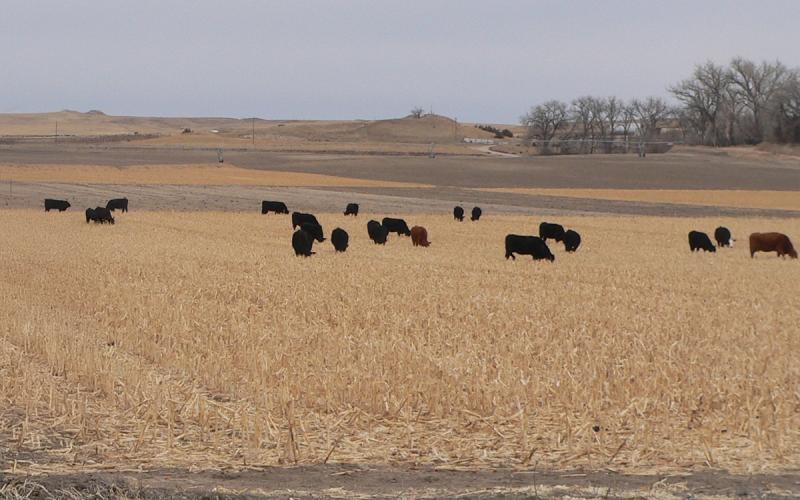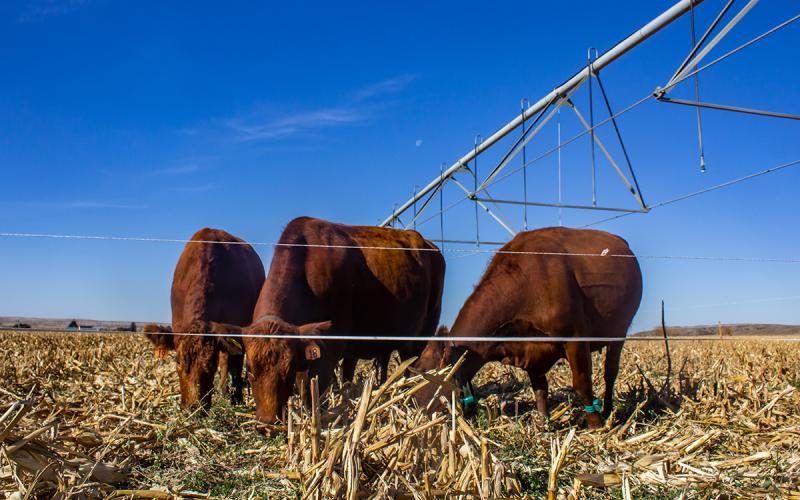Written with contributions by Ryan Samuel, former SDSU Extension Swine Specialist.
Dust is a major air quality issue associated with livestock facilities. In an animal barn, dust particles can originate from feeds, feces, and beddings, and can reach a very high concentration when animals are active, ventilation is poor, and/or feeding systems are running. Dust also represents a potential safety and health risk factor for caretakers in barns. Dust particles at high concentrations, especially small particles, are harmful to the humans’ respiratory systems. Together with hazardous gases, dust exposure can cause chronic bronchitis, decreased lung functions, aggravated asthma, and other acute and chronic respiratory symptoms. Dust can also carry odorous chemicals and, thus, play a crucial role in transporting and magnifying odor downwind from animal facilities.


